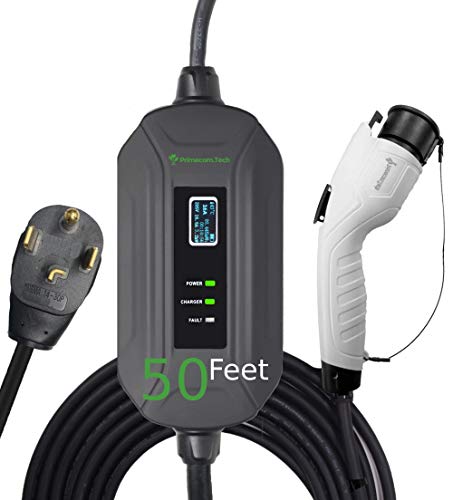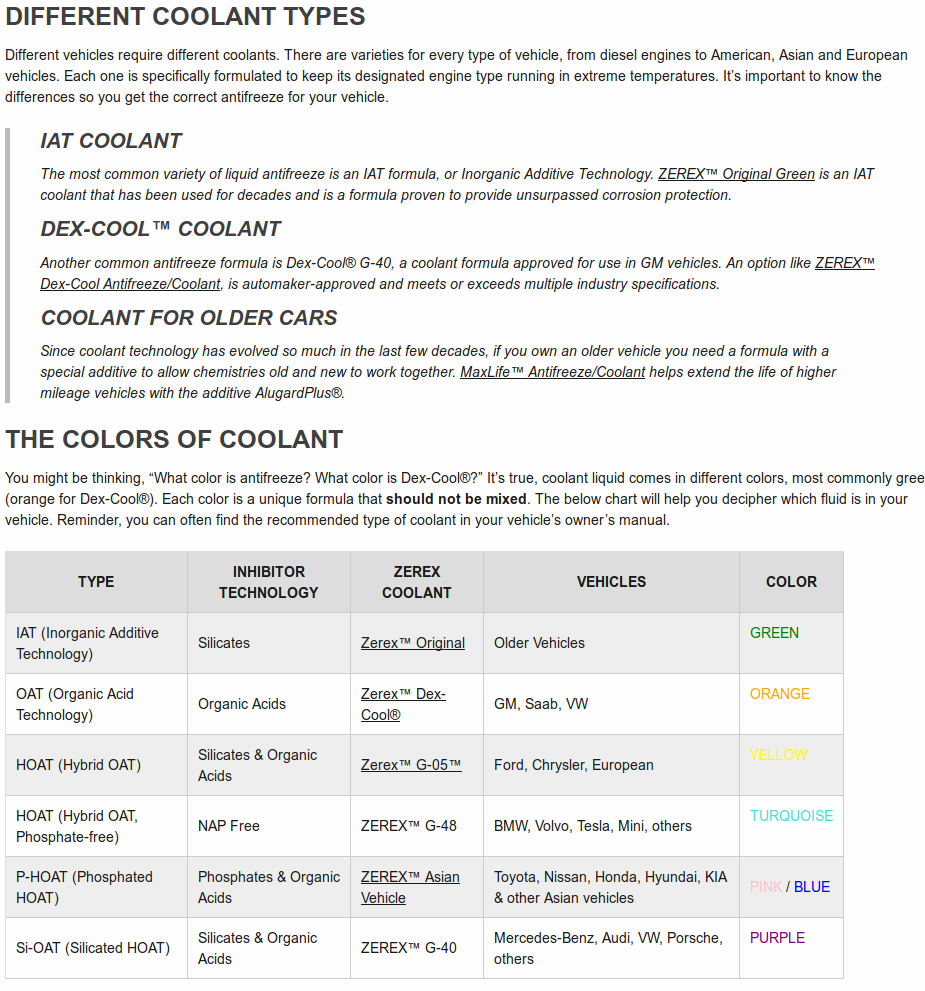https://www.ebay.com/itm/3-Gallons-Genuine-Tesla-Blue-Color-Antifreeze-Coolant-G-48/323660582939?hash=item4b5bac901b:g:yGYAAOSw-V1cRmN4:rk:3 f:0
f:0
"3 Gallons of Genuine Tesla G-48 coolant. Free shipping in the lower 48. No shipping to AK or HI"
90 bucks!

The only other coolant I found to specifically mention TESLA G-48 coolant is the zerex brand
Zerex G-48 Blue Concentrate Antifreeze
https://www.napaonline.com/en/p/ZRX861583
26 bucks at napa and 22 bucks at oreilly
https://www.oreillyauto.com/detail/b/zerex-2766/chemicals---fluids-16461/antifreeze-16506/engine-coolant-antifreeze---vehicle-specific-13547/df3a6469dc0a/zerex-1-gallon-blue-50-50-antifreeze/g485050/2496991
amazon has the zerex at 30 bucks
https://www.amazon.com/Zerex-875537-G-48-Gallon-Pack/dp/B0762YVMSF
https://www.bobistheoilguy.com/forums/ubbthreads.php?ubb=showflat&Number=613531
ebay is 22 + 13 shipping
I can't find it in autozone or pepboys....
any other alternatives?
"3 Gallons of Genuine Tesla G-48 coolant. Free shipping in the lower 48. No shipping to AK or HI"
90 bucks!

The only other coolant I found to specifically mention TESLA G-48 coolant is the zerex brand
Zerex G-48 Blue Concentrate Antifreeze
https://www.napaonline.com/en/p/ZRX861583
26 bucks at napa and 22 bucks at oreilly
https://www.oreillyauto.com/detail/b/zerex-2766/chemicals---fluids-16461/antifreeze-16506/engine-coolant-antifreeze---vehicle-specific-13547/df3a6469dc0a/zerex-1-gallon-blue-50-50-antifreeze/g485050/2496991
amazon has the zerex at 30 bucks
https://www.amazon.com/Zerex-875537-G-48-Gallon-Pack/dp/B0762YVMSF
https://www.bobistheoilguy.com/forums/ubbthreads.php?ubb=showflat&Number=613531
Originally posted by FowVay:
Try this link, both specifications are available. Personally I prefer the G-48 (OEM BMW fluid) to both the G-30 (OEM VW G-12) and G-05 (OEM Mercedes, Chrysler, Ford).
https://www.valvoline-technology.com/data/VALV/ValvExtSecurity.nsf/fsZerex?OpenFrameSet
The G-30 is basically the same as DexCool.
The G-05 has more reserve alkalinity than the G-48 and has replaced G-48 as factory fill for Mercedes. They both originate with BASF in Germany in the Glysantin line:
http://www.basf.de/en/produkte/chemikalien/spezial/glysantin/productrange/?id=G0qgQ5i2wbsf1i6
The G-48 is nitrite-free, which means unlike G-05 it can�t be used with wet sleeves. G-05 has a smidgeon more silicate than G-48.
And its availability in North America is thin, indeed. Valvoline suggests using G-05 to replace it.
ebay is 22 + 13 shipping
I can't find it in autozone or pepboys....
any other alternatives?






















![Car Charger Adapter - [Upgraded Version] Car Fast Charger with 4 Ports (PD+QC3.0+USB C) Atmosphere Light - 12-24V Car Truck SUV Universal USB Cigarette Lighter Adapter(QC3.0+PD+2.4A+2.4A)](https://m.media-amazon.com/images/I/41TzjUqcNaL._SL500_.jpg)












